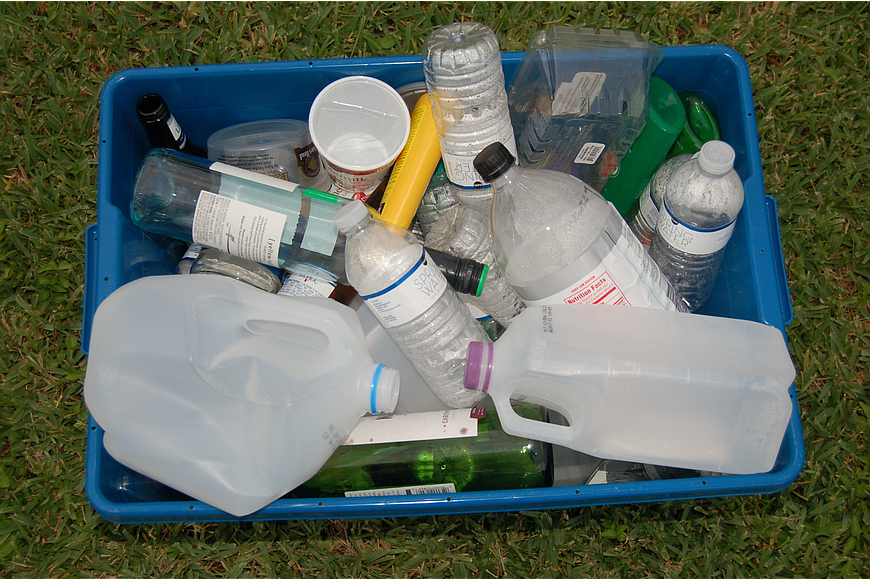- October 23, 2024
-
-
Loading

Loading

It has been two months since the city converted to a single-stream recycling system, and city officials say the system has seen success.
So far, the county has collected approximately 846 tons of recycled material, which is 340 tons more than the months of April and May in 2018.
“The reason the city went to single-stream recycling was to simplify recycling for the residents,” said Public Works General Manager Todd Kucharski. “With that, historically, other communities have seen an increase of participation rates, as well as an increase in the quantity of recycling.”
Kucharski estimates the new system has increased city participation rates to 50-75%, with some neighborhoods reaching 90% participation.
“Because it’s new, and there’s a lot of education and information that went out about it, more people have gotten involved that maybe didn’t participate before,” he said. “It also showed people some items that could be recycled that maybe they had thrown away in the past.”
After finishing up a can of soda or using the last bit of laundry detergent, users can wash out the materials and throw them in their city-provided recycling bins. More than 15,000 bins were distributed throughout the city, each with information on the top about what can and can’t be recycled.
City employees then come around to collect the bins, checking them before dumping them in the trucks. If there is an issue, officials will place an “oops tag” on the bin, which tells residents why their recyclables weren’t collected.
After being loaded onto the truck, the recycling arrives at Waste Pro, a waste management service near the airport. There, the recyclables are weighed before beginning the recycling process. Per the city’s contract with Waste Pro, if more than 20% of a shipment is trash, Waste Pro can send it to the city to be processed, though Waste Pro division manager Bob ten Haaf said this hasn’t happened since beginning the single-stream program.
Ten Haaf said the recycling process first begins when recycled materials are dumped in a metering drum, which ensures there’s a constant stream of material flowing through the line.
Workers then remove by hand any large contaminates that could harm the system before it continues to a triple glass breaker that pushes all the glass to the bottom of the line. The recycled matter is then split onto three conveyer belts: cardboard, paper and bottles and cans. By this point in the process, workers have eliminated 70% of the product, ten Haaf said.
The bottles and cans line is then sent to an optical sorter, which is a computer eye that hits plastic bottles with a blast of air, so they’re removed from the stream. Aluminum is then removed from the line. Finally, the line then moves through another group of employees who pick off any remaining pieces.
The remaining items, around 15% of each shipment, is pushed off the line as trash. Each separated item is then bailed into cubes weighing a tons for marketing.
Within a month, Kucharski said the recycled material could be seen back on shelves.
While Waste Pro division manager Bob ten Haaf said the city has done a good job educating residents about recycling do’s and don’ts, there are still some things people should keep in mind:
Focus more on the three R’s: reduce, reuse and recycling. Ten Haaf said cutting back on plastic packaging or finding other purposes for items can help.
Although the market for different products is always fluctuating, ten Haaf said the product, which is bailed into one-ton cubes, are worth a variety of amounts.
Tthe city has the potential to make money off its products, though Kucharski said the market is currently low, so it wouldn’t make enough money to cover the cost of what it takes to run the recycling services.